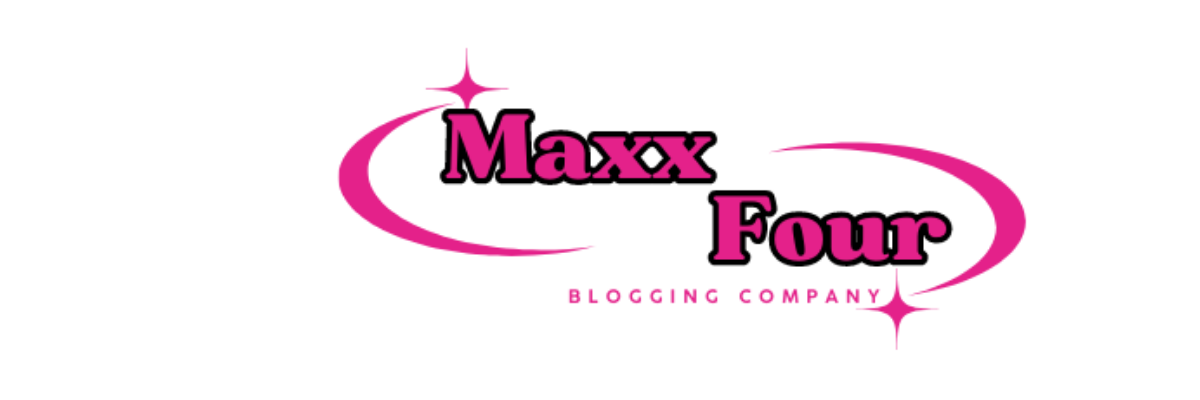In the ever-evolving landscape of media and entertainment, platforms continually push boundaries to captivate audiences and spark conversations. One name that’s recently stirred both intrigue and controversy is “Incestflix.” While the name itself might raise eyebrows, understanding its purpose, content approach, and audience can help contextualize its rise in cultural discourse.
What is “Incestflix”?
“Incestflix” appears to be a niche streaming platform or concept that challenges societal norms and taboos through storytelling. Whether through satire, dark comedy, or critical exploration of human relationships, the platform’s choice of branding and themes raises important questions: where do we draw the line in art, and how far can creators go to address uncomfortable topics?
It’s essential to clarify that while the name might imply extreme narratives, many such platforms employ provocative branding to critique, parody, or explore the very boundaries they claim to push.
The Role of Provocation in Media
Throughout history, literature, film, and television have served as mirrors to societal values, often critiquing or challenging them. From the controversial works of Vladimir Nabokov’s Lolita to modern shows like Game of Thrones, taboo themes have often been tools to evoke thought, discomfort, or awareness.
Platforms like “Incestflix” seem to take this a step further, using bold, even shocking branding to draw attention. Whether this strategy is effective or merely a gimmick depends on the execution and the intent behind the content.
Ethics and Responsibility
As with any media platform dealing with sensitive topics, there’s a line between artistic exploration and exploitation. If “Incestflix” uses its content to critically examine familial relationships, societal taboos, or psychological themes, it could foster meaningful discussions. However, if it merely sensationalizes such topics, it risks alienating audiences and reinforcing harmful stereotypes.
Creators and audiences alike bear responsibility in navigating such content. It’s vital to question not just what stories are being told, but how they are told and for what purpose.
Audience Reception
The reception of “Incestflix” has been polarizing. While some view it as a bold step in confronting societal norms, others see it as unnecessary shock value. The diversity in reactions reflects the broader conversation about freedom of expression in art versus the potential harm of crossing certain moral thresholds.
Final Thoughts
Platforms like “Incestflix” ignite debates that transcend their content, challenging us to reflect on the boundaries of storytelling, the power of media, and the role of audience interpretation. Whether you view it as a groundbreaking exploration or an unsettling provocation, one thing is clear: it underscores the enduring power of art to provoke, challenge, and engage.
As audiences, our role is not just to consume but to critically engage with the content presented to us. Whether platforms like “Incestflix” succeed or fail in their mission, they remind us of the importance of conversations about ethics, creativity, and the ever-blurring lines of modern entertainment.



